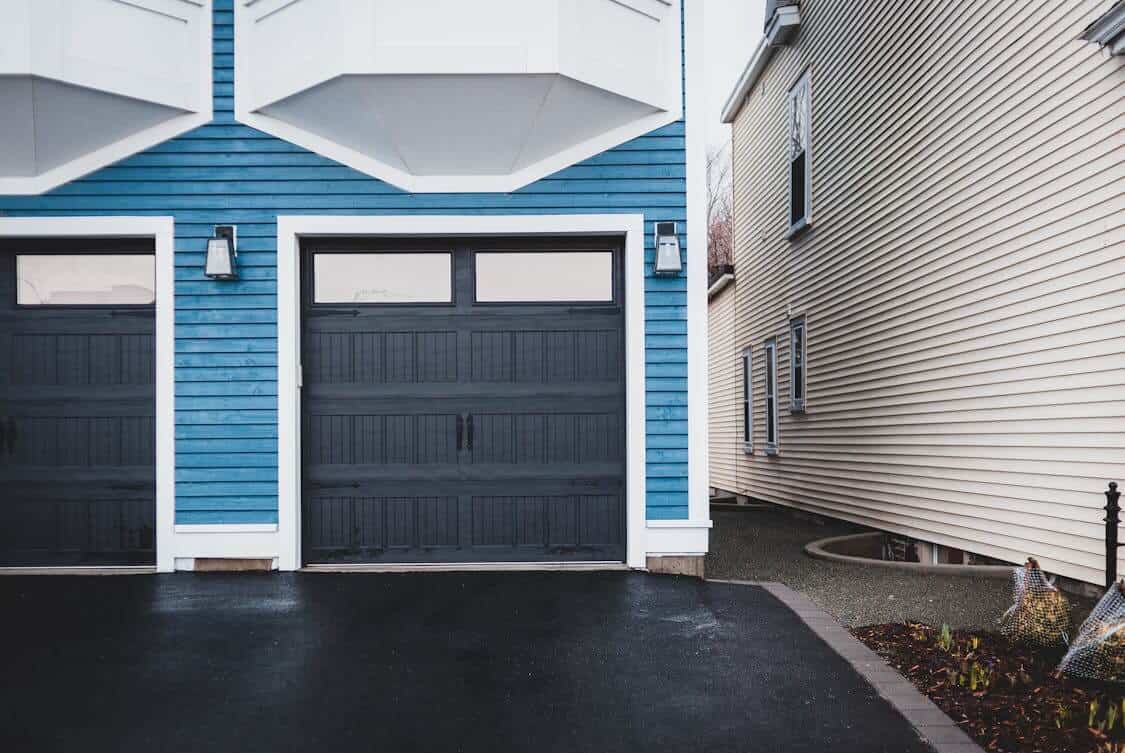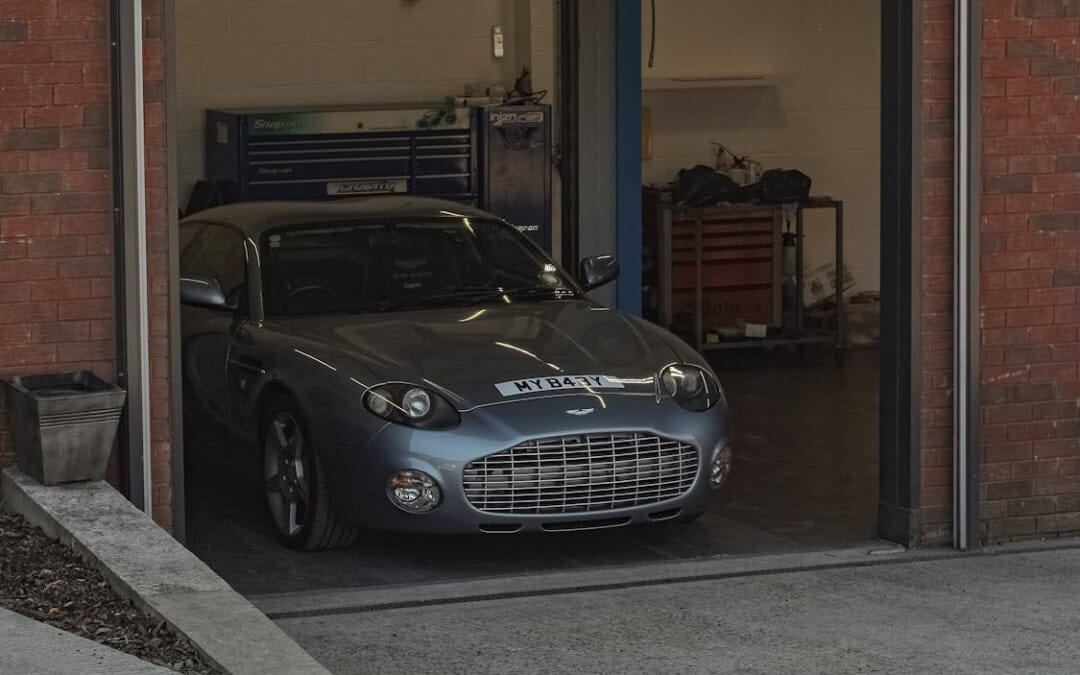Garage doors are essential fixtures in modern homes, providing security, convenience, and accessibility. However, like any mechanical system, they consist of many parts that can wear out or malfunction over time.
Understanding these components can help homeowners maintain their systems effectively and troubleshoot problems when they arise.
The Garage Door Itself
At its core, the garage door is the most visible part of the entire system. Garage doors come in various materials such as wood, steel, aluminum, and fiberglass.
Each type has its unique advantages and considerations. Steel doors tend to be the strongest and most durable, while wood can offer aesthetic appeal but requires more maintenance.
The weight and size of the door influence the type of opener and hardware needed. A heavier door usually requires a more robust opener and springs to handle the load.
Garage Door Springs
Springs are critical to the operation of a garage door. They counterbalance the weight, allowing the door to open and close smoothly. There are two primary types of springs: torsion springs and extension springs.
Torsion Springs
Torsion springs are mounted above the door, and they twist to provide the necessary lift. These springs are typically more durable and can lift heavier doors. However, they are also more complex to replace, and improper handling can lead to serious injuries.
Extension Springs
Extension springs are mounted on both sides of the door and stretch to provide lift. They are easier to replace than torsion springs but are generally less durable. Regular inspections can help identify wear and tear on these components.
Garage Door Openers
The garage door opener is the motorized mechanism that controls the door’s movement. It works in conjunction with the springs to lift and lower the door. There are several types of openers, including chain drive, belt drive, and screw drive.
Chain Drive Openers
Chain drive openers use a metal chain to lift the door. They are typically cost-effective and reliable but can be noisy. This type is ideal for detached garages or homes where noise is less of a concern.
Belt Drive Openers
Belt drive openers utilize a rubber belt and are known for their quiet operation. They are a great choice for attached garages where noise could be a disturbance. However, they tend to be more expensive than chain drive models.
Screw Drive Openers
Screw drive openers rely on a threaded steel rod to operate the door. They are generally less common but can be a good option for homeowners looking for fewer moving parts and lower maintenance needs.
Tracks and Rollers
The tracks and rollers guide the door as it opens and closes. Tracks are mounted along the sides of the garage door frame, while rollers fit into the tracks.
Tracks
Garage door tracks are typically made from steel and come in several configurations, including vertical, horizontal, and curved sections. They must be aligned correctly for smooth operation; misalignment can lead to significant issues.
To prevent operational issues, it’s important to regularly remove dirt, leaves and debris from tracks, as buildup can cause the door to stick or move unevenly.
Rollers
Rollers are small wheels that help the door glide along the tracks. They can be made of steel, nylon, or plastic. Steel rollers are durable but may create more noise, while nylon rollers are quieter and require less maintenance.
Hinges
Hinges connect the different sections of a sectional garage door, allowing it to bend and flex as it opens and closes. They are typically made of steel and can wear out over time.
Types of Hinges
There are several types of hinges used in garage doors, including center hinges and end hinges. Center hinges connect the door sections in the middle, while end hinges are located at the top and bottom of the door. Ensuring these are in good condition is crucial for smooth operation.
Weather Stripping

Weather stripping is often overlooked but plays a significant role in maintaining energy efficiency. It seals the gaps between the garage door and its frame, preventing drafts and moisture from entering.
Benefits of Weather Stripping
Properly installed weather stripping can reduce heating and cooling costs, keep pests out, and protect stored items in the garage from the elements. It’s advisable to inspect these seals regularly to ensure they remain intact.
Safety Sensors
Safety sensors are a vital part of modern garage door systems. They are located near the bottom of the door tracks and detect obstructions in the door’s path. If something is in the way, the sensors signal the opener to stop and reverse the door.
Importance of Safety Sensors
These sensors are essential for preventing accidents, especially in homes with children or pets. Regularly checking their alignment and functionality can help maintain safety.
Remote Controls and Keypads
Remote controls and keypads provide convenient access to the garage. Most remote controls use radio frequencies to communicate with the opener, while keypads allow for entry via a numeric code.
Benefits of Remote Access
Having a remote control or keypad eliminates the need for physical keys. This convenience is especially useful for families or when multiple people need access to the garage. It’s important to keep these devices secure to prevent unauthorized access.
Garage Door Hardware
Various hardware components are essential for the operation of a garage door. This includes brackets, bolts, and nuts that help secure the door, tracks, and other parts in place.
Common Hardware Parts
Over time, these components can rust or become loose, leading to operational issues. Regular inspections can help identify which parts may need tightening or replacement, ensuring the door operates smoothly.
Maintenance Tips
To keep a garage door functioning well, routine maintenance is key. Regular checks can help identify potential problems before they escalate.
Lubrication
Applying lubricant to the moving parts, such as springs, rollers, and hinges, can reduce friction and prolong the life of the components. A silicone-based lubricant is often recommended for this purpose.
Inspections
Performing regular visual inspections can help catch issues like misalignment, rust, or wear on springs and cables. Addressing these problems early can prevent costly repairs down the line.
Troubleshooting Common Issues
Garage doors can experience a range of problems, from minor inconveniences to major malfunctions. Understanding common issues can help homeowners troubleshoot effectively.
Door Won’t Open or Close
If the door doesn’t respond, check the power supply to the opener. If the opener works, inspect the springs for damage. A broken spring will typically require professional attention.
Noisy Operation
If the door is noisy during operation, it may need lubrication, or the rollers may need replacing. Sometimes, misaligned tracks can also contribute to noise.
By familiarizing oneself with these essential garage door parts and their functions, homeowners can better navigate maintenance and repairs. Their garage door plays a key role in daily life, and understanding how it works can save time, money, and hassle in the long run.




